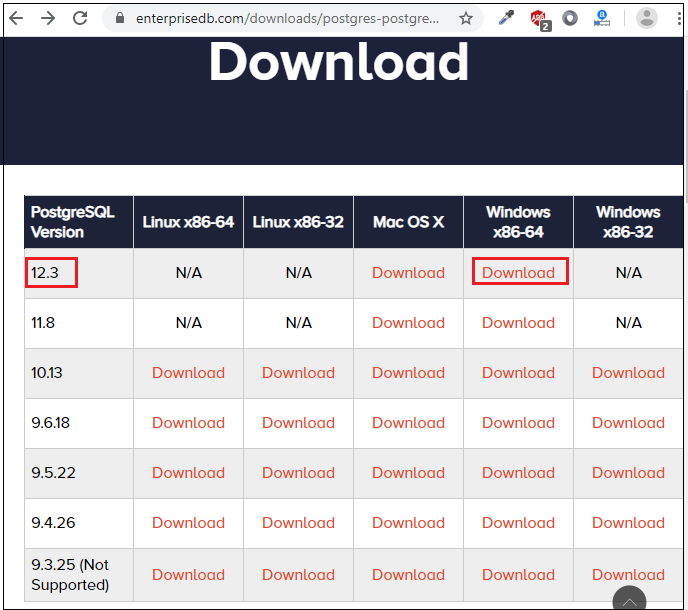

Through an ORM, the changes we would need to make would be limited to just changing a couple of configuration parameters.Įven though ORMs make our life easier by abstracting the database operations, we need to be careful to not forget what is happening under the hood as this will also guide how we use ORMs. If our SQL was integrated at multiple points in our application, this will prove to be quite the hassle.
INSTALL POSTGRESQL PACKAGES THROUGH POSTICO CODE
Say, if we used SQL in our application to connect to a MySQL database, we would need to modify our code if we were to switch to an MSSQL database since they differ in syntax. ORMs abstract databases from our application, enabling us to use multiple or switch databases with ease.
INSTALL POSTGRESQL PACKAGES THROUGH POSTICO MANUAL
This eases the process of developing software and reduces the chances of making manual mistakes when writing plain SQL code.Īnother advantage of using ORMs is that they help us write code that adheres to the DRY ( Don't Repeat Yourself) principles by allowing us to use our models to manipulate data instead of writing SQL code every time we need to access the database. That being said, as it's fairly easy to map an object to a database, the reverse is also very simple. In object-oriented programming languages, objects aren't that different from relational entities - they have certain fields/attributes that can be mapped interchangeably. Object-relational mapping, as the name suggests, maps objects to relational entities. In this post, we will delve deeper into ORMs and specifically SQLAlchemy, then use it to build a database-driven web application using the Flask framework. Naturally, as time passed, Object Relational Mappers (ORMs) came to be - which enable us to safely, easily and conveniently connect to our database programmatically without needing to actually run queries to manipulate the data. Though initially done via dedicated SQL tools, we've quickly moved to using SQL from within applications to perform queries. Generally, we use the Structured Query Language (SQL) to perform queries on the database and manipulate the data inside of it.

Databases are a crucial part of modern applications since they store the data used to power them.


 0 kommentar(er)
0 kommentar(er)
